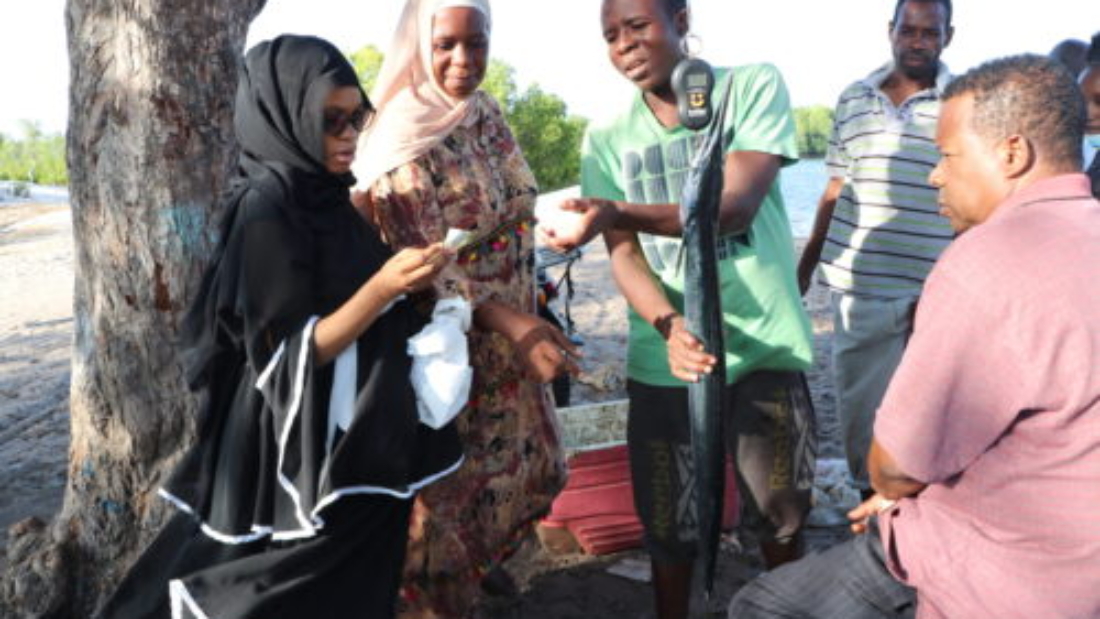By Joyce Chimbi I j.chimbi@gmail.com
The ecosystem plays a critical role in halting the pace of climate change and its effects, experts have said. In a webinar for science and health journalists held on February 22, the experts unpacked concepts around biodiversity, different types of biodiversity and how they interact, providing clear examples of their interconnectivity and why conservation efforts must be escalated because life on earth depends on their sustainable use.
Dr David Kimiti, Deputy Director, Research and Impact at Grevy’s Zebra Trust, said there is a need to re-evaluate the variety and variability of life on earth at all its levels, “from genes to ecosystems and the evolutionary, ecological and cultural processes that sustain life.” He gave three main types of biodiversity; genetic biodiversity, species biodiversity and ecosystems biodiversity. Dr Kimiti said overexploitation of species and ecosystem biodiversity is making life on earth difficult, having contributed to extreme weather patterns, which have, in turn, led to severe food insecurity such as the ongoing hunger in northern Kenya.
Dr Julius Ecuru, Manager, BioInnovate Africa at International Centre of Insect Physiology and Ecology (icipe), told journalists that while Africa is rich in biodiversity, which is the basis for biomass that is essential to the bio economy, “threats to the biodiversity are imminent”. He said genetic biodiversity preserves life on earth, while species biodiversity defines unique attributes of life and coexistence within and across life forms. Ecosystem biodiversity, on the other hand, ensures ecological balance in habitats to support life, providing essential services such as air and water purification, carbon sinks and wildlife.
Dr Ecuru spoke of unstainable food production and consumption, land use changes, including urbanisation, mining and infrastructure development, pollution by toxic effluents from factories as well as global warning from carbon emissions. He called for conservation of biodiversity at all levels, using science and technology to optimise production and use of biomass, including reclaiming degraded environments. Dr Ecuru also called for provision of alternative livelihoods for communities that are custodians of biomass, especially fuel sources, farm inputs, market value chains and job opportunities. Saliou Niassy from icipe laid bare the looming catastrophe if Africa does not adopt a protective, restorative, conservative and sustainable approach when interacting with the ecosystem biodiversity.
“Ecosystem services are the benefits provided by ecosystems that contribute to making human life possible and worth living. Categories of ecosystem services based on their functions include provision of food and medical resources, regulatory services such as bio control, support services such as nutrient cycling and cultural services such as ecotourism,” he explained. Niassy stressed on the importance of circular economy and sustainable access to ecosystem services in Africa. If the continent does not halt ongoing overexploitation of the ecosystem benefits, UNEP research, for instance, predicts that Africa’s forest cover will shrink to “less than 600 million hectares by 2050 due to conversion of forests for agriculture and growing demand for firewood.”
According to the Africa Development Bank (AfDB) Africa’s annual food import bill of $35 billion is estimated to rise to $110 billion by 2025. Niassy decried soil degradation across the continent due to a combination of factors, which has further compromised land production potential. “As of 2012, Africa produced more than 125 million tonnes per year of municipal solid waste and this is expected to double by 2025. All these are effects of lack of sustainable and circular approach on access to ecosystem services for better livelihoods, food and nutritional security,” he said.
Research shows that constraints to biodiversity conservation and sustainable access to ecosystem services can be seen in the lack of capacity to adopt sustainable measures to combat climate change, ongoing landscape degradation, invasive and other biotic threats as well as intensive agriculture. Niassy says low awareness on benefits of biodiversity, lack of technology and capacity among stakeholders for monitoring, conservation and sustainable access to biodiversity and ecosystem services are the most pressing issues. It emerged that human activity have extensively utilised biodiversity in its various forms without due regard for future generations. Niassy called for community engagement in conservation efforts to ensure interventions are practical and sustainable.
Overall, experts called for urgent interventions to ensure that human activities do not erode Africa’s position as a biodiversity hotspot, risking the lives and livelihoods of people across the continent.


